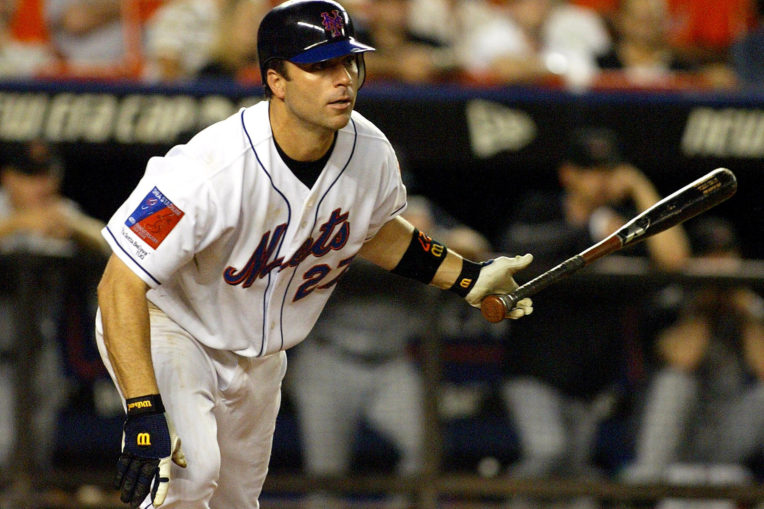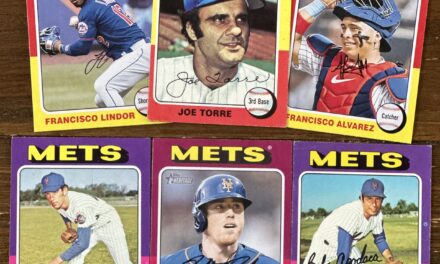
With the 20th anniversary of the New York Mets’ magical 2000 season upon us, Metsmerized is launching a weekly look back at that team and their journey to their first National League title since 1986. This is our first installment: The Offseason. Enjoy!
Following an eventually heartbreaking thrill ride to the National League Championship Series in 1999 — losing in six games to the Atlanta Braves despite nearly all momentum swinging the Mets’ way after Robin Ventura‘s walk-off grand slam single in Game 5 — general manager Steve Phillips immediately got to work on his 2000 squad, hoping to snap the Braves’ then-nine-year division title streak.
Mike Piazza, Al Leiter, Rick Reed, Edgardo Alfonzo, Armando Benitez, Turk Wendell, and John Franco provided this ballclub with a sturdy, extremely talented foundation. Now it was time to fill in the gaps.
Beginning with the in-season acquisition of left-hander Glendon Rusch from the Kansas City Royals in mid-September 1999, the Mets began a semi-overhaul of their roster. Losing a handful of heavy contributors in free agency the following month — the most considerable loss being first baseman John Olerud, who hit .315/.425/.501 over three seasons in Flushing — was no easy hurdle to clear, but Phillips & Co. certainly made their best effort.
Replacing Orel Hershiser, Kenny Rodgers, and Masato Yoshii (traded to Colorado in January) in the Mets’ rotation was of utmost importance, and finding a capable replacement for Olerud wasn’t too far behind on the team’s priority list.
In early December, New York crossed first base off their to-do list with the signing of Todd Zeile to a three-year, $18 million deal. Two days before Christmas, Phillips pulled off a blockbuster deal to address the pitching staff, acquiring left-hander Mike Hampton.
Hampton was 26 years old at the time and coming off a 22-4, 2.90 ERA, All-Star campaign with the Houston Astros. The Mets also acquired outfielder Derek Bell in the deal, in exchange for right-hander Octavio Dotel, outfielder Roger Cedeno, and minor leaguer Kyle Kessel.
The Mets got their ace. Hampton, along with Rusch, Al Leiter, Rick Reed, and Bobby Jones would fill out the rotation. Now, what to do with the rest of the roster?
Phillips had plans for that, too. And the seeds were sewn ahead of time.
In early December, Phillips traded left-hander Chuck McElroy to the Baltimore Orioles for old friend Jesse Orosco. In January, the Mets acquired another former Flushingite, Bill Pulsipher of Generation K infamy. Neither would contribute much to the 2000 Mets, but indirectly, they’d be invaluable.
Just weeks ahead of the Mets’ season opener in Japan versus the Cubs, Phillips flipped Orosco to St. Louis for a scrappy 27-year-old utility man, Joe McEwing. Later in the season, Pulsipher (with his 12.15 ERA) would be shipped off to Arizona for pinch-hitter extraordinaire, Lenny Harris.
Veteran corner infielder Charlie Hayes was signed in the offseason but was released just ahead of the season. A week later, his spot in the organization was filled by another catalyst of that season’s team, Timo Perez, whose contract was purchased from the Hiroshima Toyo Carp of the Japan Central League.
It was no easy task, but the 2000 New York Mets were ready for battle. With Bobby Valentine at the helm of this talented group of players and the joy and energy of throngs of Shea faithful entering the gates on a nightly basis in Queens, there was an excitement around this group from the very beginning.















